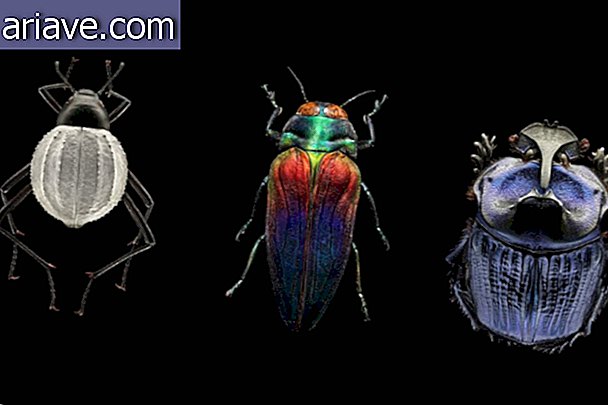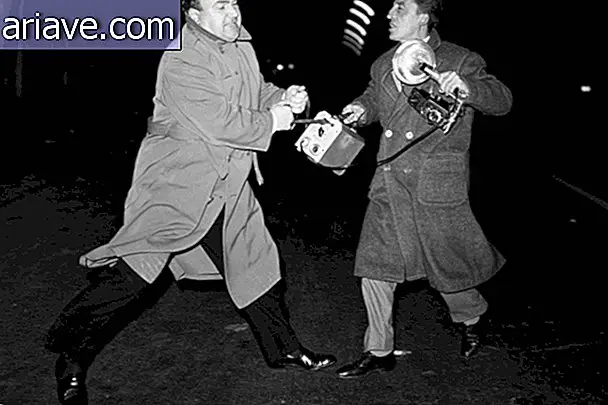Giovanni Aldini: The Mad Scientist Who Inspired The Book “Frankenstein”
One of the most popular gothic novels in the world, “Frankenstein” has become a classic tale and has been adapted to the most varied media over the years. The work, authored by the British Mary Shelley, tells the story of Victor Frankenstein, a scientist who decides to create a gigantic human being - using parts of corpses as raw material - and gives it life through a powerful electric shock. What few know is that this crazy experiment was inspired by a real case.
Shelley wrote his novel after witnessing one of the demonstrations of Giovanni Aldini, an Italian scientist who lived between 1756 and 1826. Although he devoted himself to the most common areas of medicine (such as mental illness) for most of his life, Aldini enjoyed performing. some unconventional tests from time to time. This includes his bizarre insistence on the idea that it was possible to resurrect humans using electric power, an obsession that yielded a series of grotesque public demonstrations.
In January 1803, a young man named George Forster was hanged at New Gate Prison in London on charges of murder. The body, transported to the Royal College of Surgeons, was given as a gift to Aldini, who connected two electrodes - one to the spinal cord and one to the anus. As he flushed, Forster's jaw began to quiver, his muscles twitched, and one of his eyes opened. Some reports say the dead man's hands and feet were raised.

Learned from Uncle
Obviously, Forster didn't come back to life - no matter how much at the time the viewers (upset by the demonstration) were sure it would happen. In fact, humans actually have a small amount of electricity inside them: it is the electrical impulses generated by the central nervous system that send commands and cause our muscles to move. But at that time no one understood that ONLY electricity was not enough to create life.
The main purpose of Aldini's grotesque research was to continue the legacy of his uncle Luigi Galvani, one of the precursors of the study of bioelectricity. Galvani also believed that artificial electricity could revive the dead, but he never went so far as to experiment with humans, simply "playing" with frogs. With Galvani's death, his nephew decided to test the concepts with, say, slightly larger animals to prove that his relative was right.
Aldini started with sheep, pigs, cows, bulls ... And it came to humans. Since the researcher had trouble finding bodies with blood in his veins, he decided to travel to London, where hangings were common, and took possession of poor Forster to be his first - and, fortunately, only - victim. Although Aldini himself described his experiment as "a failure, " word of mouth soon spread that the subject did come back to life for a few seconds and even breathed.

The whispers eventually reached the ears of young Mary Shelley - who used the rumors and dramatized the story to give rise to the book we all know. Already Aldini died in the city of Milan after (believe it or not!) Making valuable scientific contributions to the world in areas such as anatomy, galvanism and construction of lighthouses for maritime navigation.
***
Do you know the Mega Curioso newsletter? Weekly, we produce exclusive content for lovers of the biggest curiosities and bizarres of this big world! Register your email and do not miss this way to keep in touch!











